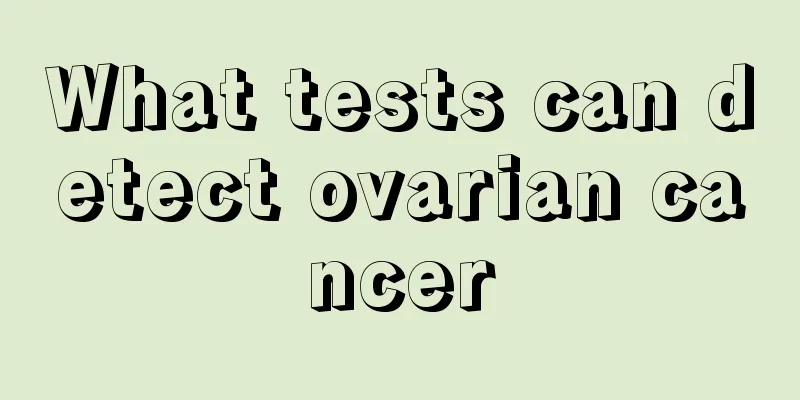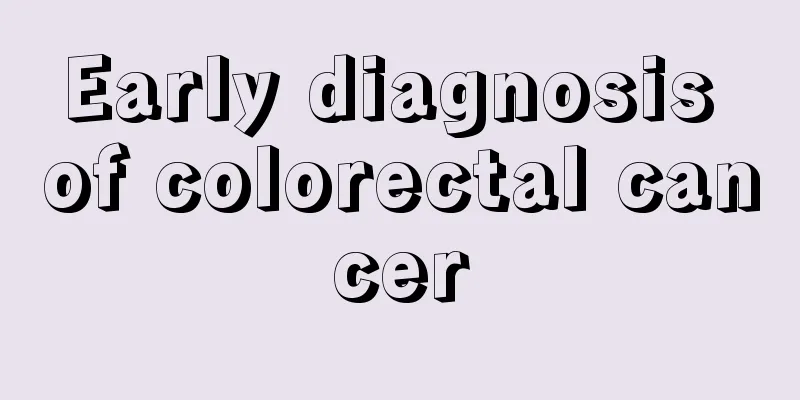What are the treatments for gastrointestinal polyps?

|
For diseases like gastrointestinal polyps, the first thing to do is to relieve your emotions and avoid being too nervous, because emotional tension or excitement may aggravate the symptoms of the disease. The more common treatments for gastrointestinal polyps include surgical treatment, endoscopic treatment, traditional Chinese medicine treatment, etc. Friends with gastrointestinal polyps must get checked in time to avoid missing the best time for treatment. 1. Surgical treatment of gastrointestinal polyps Surgical treatment of gastrointestinal polyps generally includes local resection, segmental intestinal resection, subtotal colectomy, total colectomy, and total colon and rectal resection. It depends on the number of polyps, the width of the base and their location. For single pedunculated polyps, endoscopic snare, electrocautery (coagulation) or ligation removal can be performed; for larger ones, intestinal wall or segment resection can be selected. For sessile or broad-pedunculated polyps located below the peritoneal fold, local resection through the anus (generally the distance between the polyp and the anal verge is required to be less than 5 cm) or local resection through the posterior sacral approach (the distance between the polyp and the anal verge is 6 to 9 cm); for polyps located above the peritoneal fold, intestinal wall resection or intestinal segment resection may be performed. II. Endoscopic treatment of gastrointestinal polyps Endoscopic treatment is the most commonly used method for removing gastrointestinal polyps, especially colorectal polyps. Best used for pedunculated polyps. There are many methods for endoscopic gastrointestinal polypectomy. Different treatment methods should be selected according to the location, size, shape, and presence or absence of pedicles of the gastrointestinal polyps. In recent years, with the improvement of endoscopic treatment technology, the means of colonoscopic endoscopic resection have become more and more numerous, and the indications have been increasingly expanded. 3. TCM treatment of gastrointestinal polyps Chinese medicine enema: For those with polyps in the colon, use 15g of Prunus mume, 15g of Trillium, 15g of Curcuma, 12g of Bletilla striata, 12g of Pomegranate peel, 15g of Portulaca oleracea, 12g of Patrinia scabra, 10g of Scutellaria baicalensis, and 10g of Cassia twig. Boil 200ml of each dose and use for enema for 2 minutes. Do it twice a day, retain the ingredients for more than 40 minutes each time, and one course of treatment is half a month. |
<<: What are the symptoms of lung disease?
>>: What are the symptoms of gastrointestinal tumors?
Recommend
What should I give to my friend's baby for his full moon?
It is common to give gifts to friends when their ...
How to remove Alternanthera philoxeroides
Alternanthera phila is a herbaceous plant that of...
The efficacy and function of canola oil
As for canola oil, most of what we consume in dai...
How to cut side bangs to look good?
Girls will spend a lot of time and energy to take...
What to do if 502 gets into your eyes
Everyone knows that 502 glue is used to stick var...
How to dress babies in winter, do mothers know?
In winter, many mothers will dress their children...
Can regular stretching exercises help you grow taller?
The impact of height on a person's life is se...
Is blood pressure 129 normal?
Everyone should be clearly aware of the serious h...
What does it mean when big triple positive turns into small triple positive
In life, many people cannot distinguish between b...
What fruits have anti-inflammatory effects
Tonsillitis is a common inflammation in life. The...
Chinese medicine external wash for chronic eczema
Chronic eczema is a stubborn skin disease that pa...
What are the symptoms of laryngeal hypertrophy?
Some babies will develop symptoms of laryngeal st...
What are the common sports injuries?
Most of our friends love sports, because sports c...
Can I still have surgery if a pituitary tumor recurs?
Everyone must pay attention to the disease of pit...
Will pigmented purpura heal on its own?
When people suffer from pigmented purpura, they s...









